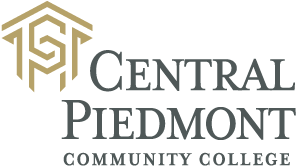CPCC offers the traditional theory sequence of Theory I, II, III and IV.
Theory I MUS 121 is the first level of college work, meeting a requirement for the AFA. It begins with a review and more in-depth approach to the concepts of Fundamentals, and move quickly into chords, harmonic analysis, part writing (root position triads only) and harmonic progression. Rhythm focus is simple meter. Theory I covers chapters 1-7 of Tonal Harmony by Kostka and Payne.
Theory II MUS 122 continues, moving into inverted chords, non-chord tones and sevenths. Rhythm focus is compound meter. Theory II covers chapters 2 and 8-15.
Theory III MUS221 concerns the student with chromaticism and its effect on tonal theory. Harmonies in question are secondary functions, borrowed chords, neapolitan 6ths, augmented 6thd and modulations.
Theory IV MUS222 continues the study of chromatic harmony and how it leads to the collapse of tonality in the early 20th century. Harmonies & techniques include enharmonic pivot chords, common tone diminished 7th chords, assertive tonality, polytonality, atonal analysis, 12 tone composition and serialism.
NOTE from the instructors: Theory I-IV each earn 4 credits and meet 5 days a week (for a 16 week semester). They cover a great deal of information quickly. A student should expect to devote two hours outside class for each scheduled class hour. In first year theory an ideal work schedule might be one hour daily devoted to study (workbook, written assignments and testing) and a second hour devoted to practice (sight-singing, keyboard, rhythm and ear training). It’s best to enroll in these courses when the student can schedule to attend all classes and budget sufficient study time.

